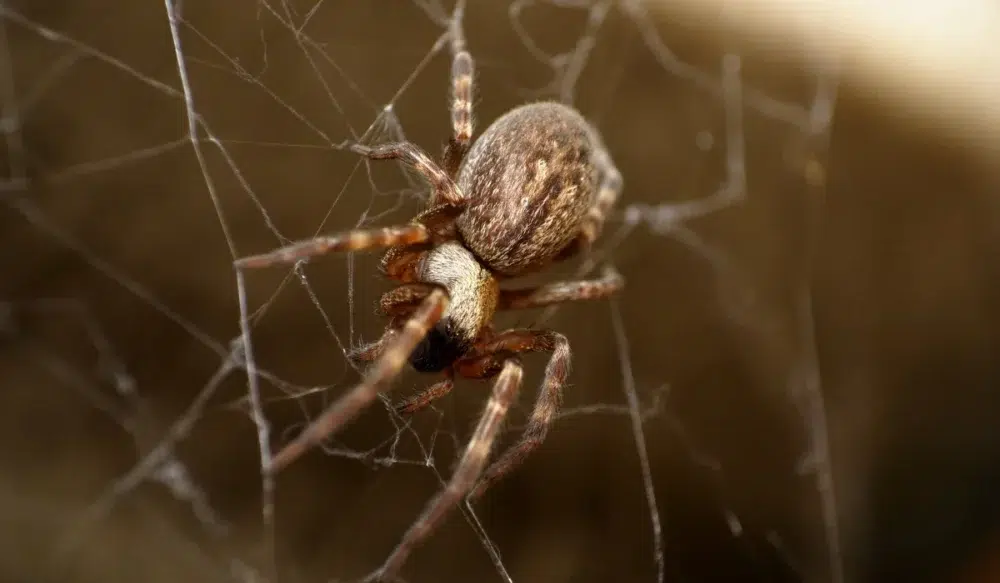Whether you’ve had them before or simply heard the horror stories, you’re probably already aware of how serious a termite infestation can be. The damage they cause can wind up costing property owners a whole lot, which is why early prevention is better than late response. Learn how you can spot the signs and how professional pest control can truly keep your property safe.
What To Know About Drywood Termites
Termites are broken down into two broad terms: drywood termites and dampwood termites. The most common are dampwood termites, which are typically outdoor pests that dig tunnels through soils and prefer to target, you guessed it, damp wooden materials. Drywood termites, on the other hand, don’t target waterlogged woods and prefer to instead build their tunnels directly in the dry woods that they infest. That’s why, even though they’re less common, drywood termites can actually be more common invaders of human properties. Because of all the dry wooden materials that make up our homes and businesses, they provide the largest supply of dry wood for these species. That’s why no one should simply wait around for a termite problem to become apparent. If you do, it may already be too late.
Signs Of Termites & Where You Might Find Them
In order to prevent the serious damage termites can cause, you have to be on the lookout for tiny details that might indicate their activity. Obviously, anywhere that wood is exposed or accessible is a potential target, but you also need to understand that termites avoid the light and are rarely found crawling out in the open. Early detection requires inspecting your entire property for evidence of pests or the things that attract them. Here are some signs of termite activity:
- Frass : The dust that termites leave in their wake is known as frass. Spotting piles or lines of this fine powder means that some kind of wood-boring pest has been there.
- Holes : Drywood termites are more likely to leave behind holes than dampwood ones because they bore directly into wood to form their tunnels rather than solely from subterranean soils. However, they still tend don’t bore clean through the wood, so surface holes are rare to spot unless you know where to look.
- Wings : One of the earliest signs of termite colonies forming is the discarded wings left in a yard from the swarmers that act as the reproductive queens of new colonies.
Termite Prevention Methods
Remember, you aren’t just looking for signs of termites themselves, you also need to be on the lookout for factors that might attract them or easy access points they can use to get inside. Here are some factors to think about:
- Crack sealing : Tiny pests like termites can take advantage of teeny-tiny cracks and holes in your exterior walls and foundation. Inspect regularly and make repairs wherever necessary.
- Landscaping : Smart planning and regular trimming of your yard plants is another important pest control measure. Make sure tree limbs and soil beds are kept back from your structures.
- Wood storage : Speaking of yard debris, storing any firewood or other wooden trimmings a good distance from your structures will improve the odds that termite colonies won’t grow nearby.
The Best Thing To Do Is Call The Pros
In reality, most people don’t have the time or resources to keep up on all of that all the time. That’s where pest professionals come in, making sure these easily-missed signs are caught early and acted upon before they grow into serious problems. At Green Home Pest Control, our friendly staff can schedule an inspection of your property today, helping you determine your level of exposure to potential termite colonies. If we find problem signs, or if you already suspect that termites are a problem, we’ll get started right away on safe and effective treatments that eliminate the population and shield your property from future infestations. Contact Green Home Pest Control to get started today on peace-of-mind pest control for your property.
Request Your Free Estimate Today
Complete the form below to request your no obligation estimate.



